Introduction
Zongzi, the iconic rice dumpling wrapped in bamboo leaves, has been a centerpiece of Chinese cuisine for centuries, particularly during the Dragon Boat Festival. These pyramid-shaped treats, filled with glutinous rice, sweet or savory ingredients, and enveloped in the fragrant embrace of bamboo leaves, symbolize tradition, heritage, and communal gathering. However, as culinary boundaries expand and accessibility becomes a priority, a creative revolution is underway: the rise of zongzi crafted without bamboo leaves. This article explores the art of reinventing this ancient dish, offering innovative wrapping techniques, unexpected flavor combinations, and a modern twist on a timeless classic.
The Evolution of Zongzi: From Bamboo to Brilliance
Traditionally, bamboo leaves impart a distinct earthy aroma and subtle bitterness to zongzi, enhancing the rice’s natural flavors while protecting the filling during steaming. Yet, for those without access to bamboo leaves, or those seeking eco-friendly or experimental alternatives, the challenge lies in replicating—or reimagining—this sensory experience. The result? A wave of inventive approaches that celebrate the dish’s adaptability, proving that zongzi need not be tethered to tradition to delight the palate.
Why Ditch the Bamboo?
- Accessibility: Bamboo leaves are not universally available, especially in regions where Asian markets are scarce.
- Sustainability: Disposable bamboo leaves contribute to waste; reusable or edible alternatives align with eco-conscious values.
- Creativity: Chefs and home cooks alike are pushing boundaries, treating zongzi as a canvas for global flavors and textures.
- Dietary Flexibility: Edible wrappers can cater to vegan, gluten-free, or low-carb diets.
Alternative Wrappers: Think Outside the Leaf
The key to leafless zongzi lies in selecting wrappers that mimic bamboo’s protective qualities while introducing new dimensions of flavor. Here are some game-changing options:
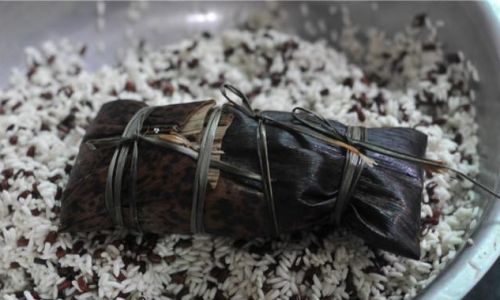
-
Corn Husks
- How-to: Soak dried corn husks in warm water until pliable, then use as you would bamboo leaves. Their mild sweetness pairs beautifully with spicy fillings.
- Recipe Idea: Fill with sticky rice, black beans, roasted poblano peppers, and a hint of cumin. Steam until tender.
-
Banana Leaves
- How-to: Though not entirely leaf-free, banana leaves offer a larger surface area and a tropical aroma. Use them to wrap large zongzi batches for gatherings.
- Recipe Idea: Layer rice with coconut milk, mango chunks, and toasted sesame seeds. The leaves infuse a subtle floral note.
-
Edible Films
- How-to: Create thin sheets from potato starch, rice paper, or even seaweed (nori). These wrappers dissolve during cooking, leaving a delicate skin.
- Recipe Idea: Wrap sushi rice around smoked salmon, avocado, and wasabi-infused rice. Serve with soy-ginger dipping sauce.
-
Lettuce or Cabbage Cups

- How-to: Blanch large leaves until soft, then use to encase fillings. The crisp texture contrasts with sticky rice.
- Recipe Idea: Stuff with forbidden black rice, shiitake mushrooms, and water chestnuts. Drizzle with hoisin sauce.
-
Silicone Molds
- How-to: For the minimalist cook, silicone molds shape rice into perfect pyramids without any wrapper. Brush with oil to prevent sticking.
- Recipe Idea: Mix rice with turmeric for color, stuff with spiced lentils, and bake until crispy.
Filling Revolution: Sweet, Savory, and Surprising
The absence of bamboo leaves invites boldness in fillings. Here’s how to elevate your zongzi:
-
Sweet Sensations
- Coconut-Lime Zongzi: Mix rice with coconut milk, lime zest, and toasted coconut. Serve with a mango coulis.
- Red Bean Paste with a Twist: Fold in roasted adzuki beans, orange marmalade, and a pinch of sea salt.
-
Savory Masterpieces
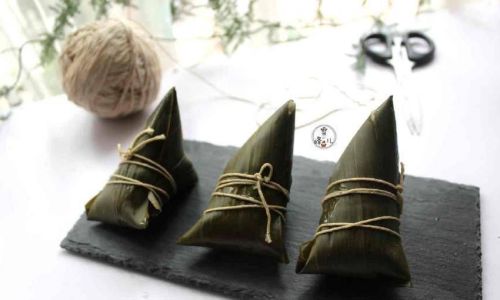
- Truffle and Parmesan Zongzi: Infuse rice with truffle oil, stuff with slow-cooked beef, and top with shaved Parmesan.
- Spicy Thai Zongzi: Combine jasmine rice with lemongrass, chili paste, and minced shrimp. Serve with a peanut sauce.
-
Global Fusions
- Mediterranean Zongzi: Use basmati rice, olives, sun-dried tomatoes, and feta cheese. Wrap in grape leaves for a briny kick.
- Mexican-Inspired Zongzi: Mix rice with chipotle peppers, black beans, and corn. Serve with avocado crema.
Cooking Methods: Beyond Steaming
While steaming remains classic, alternative techniques yield exciting results:
- Baking: Encase zongzi in parchment paper and bake until golden. The rice develops a chewy crust.
- Pan-Frying: After steaming, sear zongzi in a skillet for a crispy exterior.
- Sous-Vide: Vacuum-seal fillings with rice for precise cooking and intense flavor.
Cultural Preservation Meets Innovation
Leafless zongzi isn’t just a culinary experiment—it’s a bridge between generations. Grandparents can teach younger family members to wrap zongzi using accessible materials, while food bloggers share #ZongziRevolution recipes online. Festivals now feature “zongzi bars” where attendees customize their dumplings with global ingredients, from quinoa to kimchi.
Health-Conscious Adaptations
For health-focused eaters, zongzi can be a nutritious delight:
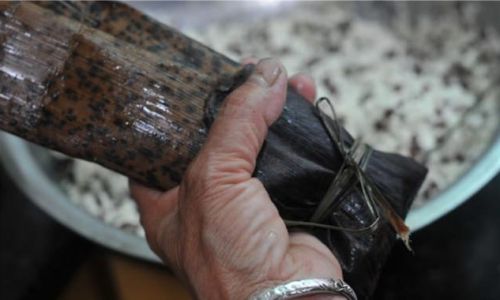
- Low-Carb Options: Use cauliflower rice instead of sticky rice. Wrap in nori sheets for added minerals.
- Vegan Delights: Fill with wild rice, roasted vegetables, and a cashew-based “cheese” sauce.
- Gluten-Free Creations: Substitute soy sauce with tamari and use rice paper wrappers.
Troubleshooting Common Challenges
- Dry Rice: Add a splash of broth or coconut milk to the cooking liquid.
- Falling Apart: Use toothpicks or twine to secure wraps. For edible films, ensure they’re thin but not fragile.
- Lack of Aroma: Enhance fillings with smoked paprika, roasted garlic, or toasted sesame oil.
Conclusion: The Future of Zongzi
The leafless zongzi movement is a testament to cuisine’s fluidity—a reminder that tradition thrives not through rigidity, but through adaptation. By embracing unexpected wrappers, bold flavors, and modern techniques, we honor the spirit of zongzi while inviting new voices to the table. Whether you’re a purist or a pioneer, one thing is clear: the humble rice dumpling has never been more exciting.
So, grab your corn husks, fire up the steamer, and let your creativity run wild. The world of zongzi awaits—no bamboo required.
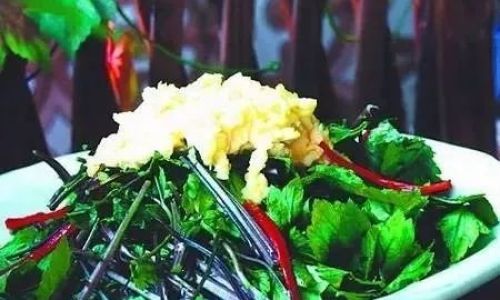

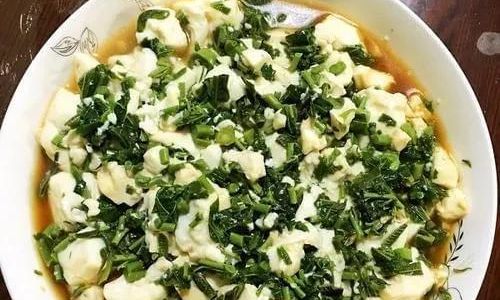



0 comments